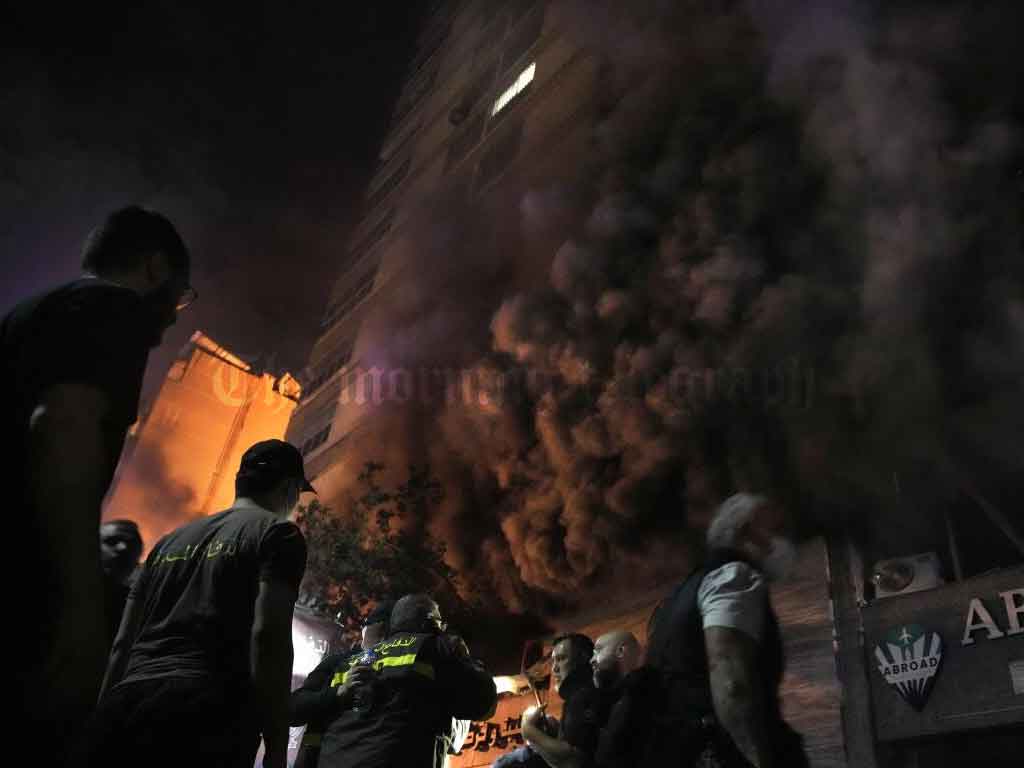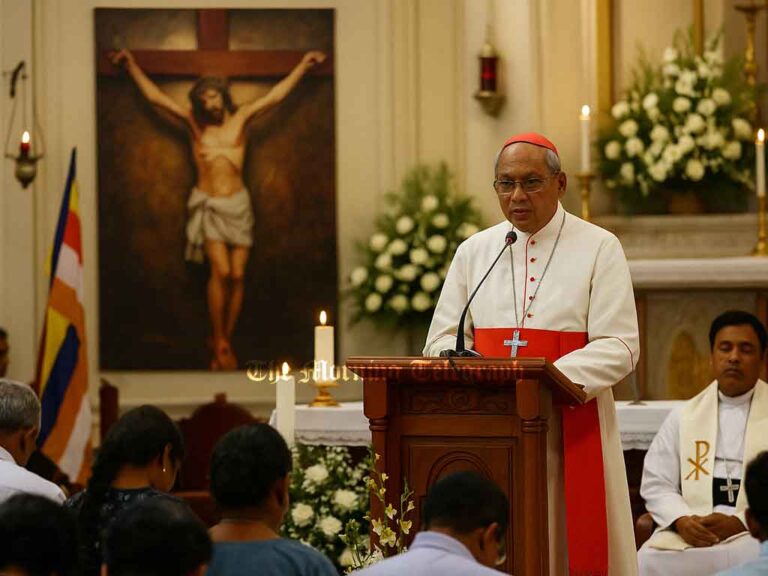
- As the U.S. pushes for a ceasefire, Israeli bombardment intensifies with deadly airstrikes targeting key government and diplomatic areas in Lebanon.
In a significant escalation of Israel’s military actions in Lebanon, an Israeli airstrike hit the Zoqaq al-Blat neighborhood in central Beirut late Monday, killing at least five people and injuring 24 others. The targeted area is home to important Lebanese government institutions, including Lebanon’s parliament, the prime minister’s office, and local U.N. headquarters. The strike occurred amid ongoing efforts by the U.S. to broker a ceasefire between Israel and Hezbollah, the Iran-backed militant group engaged in heavy exchanges of fire with Israeli forces.
Since late September, Israel has dramatically intensified its airstrikes against Lebanon in an attempt to weaken Hezbollah and disrupt the group’s operations. This follows Hezbollah’s increased rocket attacks on Israel, which have been framed by the group as an act of solidarity with Palestinians during the ongoing Gaza conflict. Israeli forces have repeatedly targeted Hezbollah infrastructure in southern Lebanon, where the group has a strong presence. However, Monday’s airstrike, which hit a heavily populated residential area, has drawn widespread condemnation from Lebanon, where the government is urging international intervention to halt the violence.
The airstrike is the second consecutive day of Israeli bombardment in central Beirut, marking a significant escalation after a more than month-long lull. On Sunday, Israeli airstrikes in the Ras el-Nabaa area killed six people, including Hezbollah spokesperson Mohammed Afif, in an attack that also wounded several others. The strikes have particularly impacted central Beirut, a region that has become a refuge for many of the approximately 1 million displaced people from southern Lebanon and the southern suburbs of Beirut, areas directly affected by the ongoing conflict. Zoqaq al-Blat, where the latest airstrike occurred, is one such area that has seen an influx of displaced civilians seeking safety.
The attack occurred near a prominent Shiite mosque, a site with symbolic importance for Lebanon’s Shiite community. Ambulances were seen rushing to the scene, and heavy damage was reported across the residential area. Eyewitnesses described scenes of chaos, with significant casualties and widespread destruction. As Lebanese authorities continue to assess the damage, the Health Ministry has reported a rising death toll and a number of critically wounded individuals.
In response to the attack, Lebanese caretaker Prime Minister Najib Mikati condemned the strike and called on the international community to intervene and stop the “bloody and destructive Israeli aggression.” Mikati urged the immediate implementation of U.N. Security Council Resolution 1701, which was adopted in 2006 to end the month-long war between Israel and Hezbollah. The resolution established a buffer zone in southern Lebanon, but its full implementation has faced challenges, with violations reported by both Hezbollah and Israeli forces.
The escalating violence comes as the U.S. works on a ceasefire proposal aimed at ending more than 13 months of fighting between Israel and Hezbollah. The proposal envisions the withdrawal of Israeli ground forces from southern Lebanon, leaving the area to be controlled by the Lebanese army and the U.N. peacekeeping force (UNIFIL), as well as the withdrawal of Hezbollah forces from the region. U.S. envoy Amos Hochstein, who is mediating the negotiations, is expected to meet with Lebanese Parliament Speaker Nabih Berri, a close ally of Hezbollah, in Beirut on Tuesday to discuss the latest developments.
The proposal has garnered some support in Lebanon, including from Speaker Berri, who has expressed a “positive position” on the plan. However, challenges remain. Israel insists that its military actions are aimed at neutralizing Hezbollah’s threat and has made it clear that it will continue to target Hezbollah infrastructure until it deems the threat to its security is fully addressed. Israeli officials have also demanded guarantees that they will maintain the right to continue military operations against Hezbollah if necessary, a condition that Lebanon and Hezbollah are unlikely to accept.
The ceasefire proposal, however, has been complicated by the increasing involvement of other regional actors. According to reports, North Korean troops have been deployed in Russia, which is supporting Hezbollah and Syria, while both sides in the conflict have warned of further escalation. The presence of foreign fighters has added complexity to an already volatile situation.
Meanwhile, Hezbollah has responded to the Israeli airstrikes with a barrage of rockets aimed at northern Israel. On Monday, one rocket hit the city of Shfaram in northern Israel, killing one woman and injuring 10 others, according to Israel’s Magen David Adom rescue services. The group has launched dozens of rockets over the past weeks, targeting both military and civilian infrastructure in Israel in retaliation for Israel’s continued bombardment of southern Lebanon.
The death toll from the ongoing conflict has been devastating. Lebanon’s Health Ministry has reported over 3,500 casualties from Israeli airstrikes, with many more wounded. On the Israeli side, 77 people have been killed, including 31 soldiers, while the number of Israeli soldiers killed in the ongoing ground operation exceeds 50. The casualties reflect the intensity of the fighting and the high human cost of the conflict, which has caused widespread displacement on both sides of the border.
U.S. officials have continued to press for a ceasefire agreement, with hopes that a negotiated settlement will end the violence that has consumed the region for over a year. The U.S. proposal also envisions strengthening the Lebanese army and U.N. peacekeepers’ presence in southern Lebanon to prevent further hostilities. However, the political and military dynamics are complex, and both Israel and Hezbollah have made it clear that they are prepared to continue their military actions unless their respective objectives are met.
Despite the ongoing diplomacy, both sides seem locked in a dangerous cycle of retaliation, with little indication that an immediate end to hostilities is on the horizon. As international negotiators press for peace, the escalating violence in Lebanon and the broader region continues to cause widespread devastation, deepening humanitarian concerns and raising the prospect of further escalation in the Middle East.




